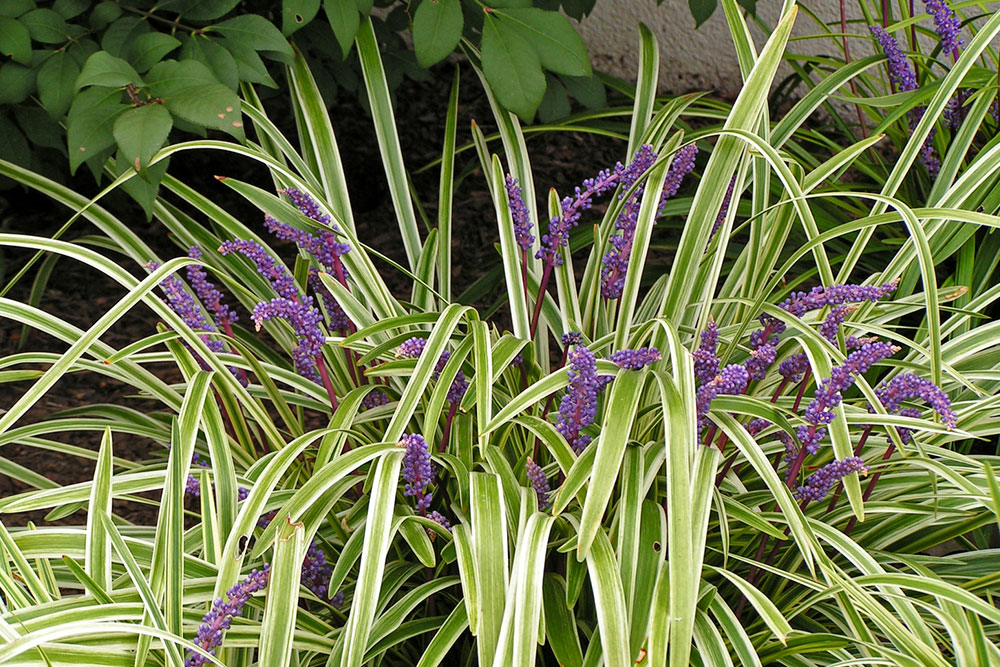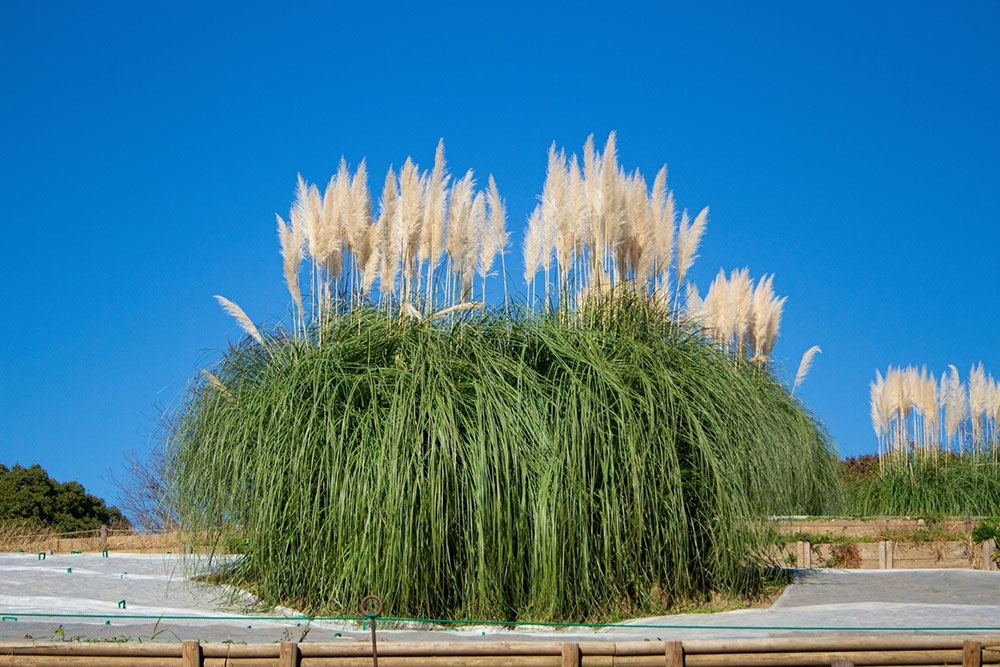Smart Techniques for Eliminating Fountain Grass from Your Garden
Discover effective strategies for managing fountain grass in your landscape. Learn manual removal techniques, planting alternatives, and safe herbicide use to control and prevent invasive growth. Maintain your garden's health with expert tips on pruning and plant selection. Suitable for landscapers and garden enthusiasts alike, these methods promote a healthier and more balanced ecosystem.

Smart Techniques for Eliminating Fountain Grass from Your Garden
Fountain grass (Pennisetum alopecuroides) is a perennial ornamental grass often seen along roadside edges and in woodland fringes. It thrives in full sun but can adapt to shaded areas. Its seeds disperse through wind, water, and human activity. This fast-growing grass resists drought, spreads rapidly, threatens native ecosystems, and increases fire risks nearby.
Three Effective Methods to Control Fountain Grass
1. Manual Removal
Removing fountain grass by hand is practical, especially for small infestations. The method varies based on plant size.
Young seedlings are easiest to uproot when soil is moist. Removing them early prevents deep root development and wider spread.
For mature plants, mowing or trimming reduces volume. Use a spade, shovel, or garden fork to carefully dig out roots.
Covering cut plants with cardboard, newspaper, or plastic blocks sunlight, which inhibits regrowth since fountain grass relies on solar energy.
Since sunlight access is vital, blocking it effectively hampers growth.
In dry conditions, controlled burns can be cautiously employed to remove fountain grass. Follow safety protocols to prevent wildfires.
During removal, ensure all plant debris, including seed heads, is collected, bagged, and disposed of properly to avoid seed dispersal and new growth.
2. Replacing with Native Plants
After removal, planting native, competitive species helps stabilize soil and prevents fountain grass from regrowing by establishing a strong root network.3. Use of Herbicides
Glyphosate-based herbicides offer quick control. Apply carefully to target plants during dry, windless conditions, following all safety instructions. Avoid contact with desirable plants.Combining manual removal with herbicides enhances effectiveness. Applying pre-emergent herbicides after clearing can prevent seed germination, provided they are safe for nearby plants.
Professionals in landscaping can efficiently manage fountain grass eradication. Costs depend on yard size and infestation severity.
Pruning for Maintenance and Safety
Regular pruning maintains fountain grass's ornamental value and prevents uncontrolled spread. Trim just before new growth in spring, using sharp tools, removing dead material. Proper watering and soil health promote healthy plants. Consider hybrid cultivars like Cenchrus advena for non-invasive options.Note:
This site provides practical information across various topics. While efforts are made to ensure accuracy, users should verify details independently and consult professionals for specific concerns. We are not responsible for external discrepancies or unlisted promotional schemes.


